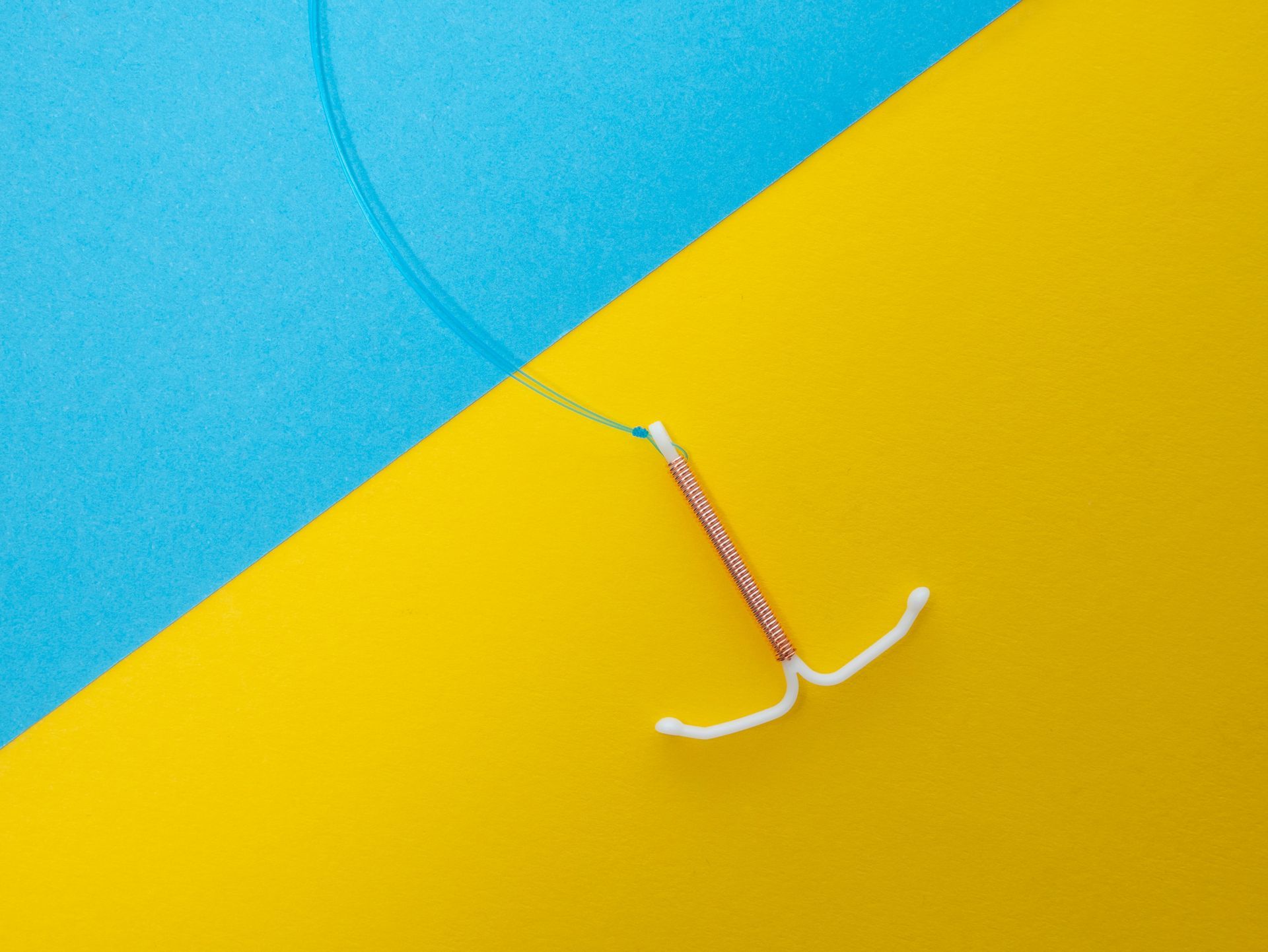Is it Safe to Breastfeed While Using a Copper IUD?
Breastfeeding can lower the risk of pregnancy, but that doesn’t mean the patient shouldn’t be thinking about birth control. The patient should discuss contraception with their healthcare provider even before the patient gives birth. That way, the patient can know what the options are, especially if they plan to breastfeed. The better they prepare before the baby comes, the better things will go, including preventing another pregnancy before they are ready. One choice the patient has is a copper IUD like Flexi-T, the copper IUD Canadian residents rely on.
What Is a Copper IUD?
An intrauterine device or IUD is long-term birth control that a healthcare professional inserts into the uterus. Depending on the brand, it can stay there for up to five years or longer.
There are two kinds of IUDs: copper and hormonal. The hormonal IUD uses progestin to control ovulation. The copper IUD uses copper coils instead.
The most significant advantage of a copper IUD is the lack of hormones. The copper coil on the IUD works as a spermicide. That way, when the patients starts ovulating again, the sperm doesn’t come near enough to the egg to fertilize it.
An IUD is entirely reversible, too. So, when the time comes to start trying to get pregnant again, the person simply has the device removed.
What’s the Best Birth Control If Breastfeeding?
The doctor can help find the right birth control based on the patients personal needs. A copper IUD makes sense if the patient wants to avoid taking hormones while nursing. Copper IUDs are 99% effective and don’t use hormones. That means the hormones are not passed on in the milk.
Can You Use Hormonal Birth Control if Breastfeeding?
According to Planned Parenthood, it is safe to use hormonal birth control if the women is breastfeeding. They will not hurt the baby even if transferred into the milk. In addition, hormonal IUDs are just as effective as copper ones for some women. Planned Parenthood also suggests using other forms of hormonal birth control while breastfeeding, including implants and shots.
What Are the Non-Hormonal Options for Contraception?
If the patient wants to avoid the hormones, though, there are non-hormonal options such as condoms, a diaphragm, and a copper IUD. Of them, the copper IUD is the most accessible and reliable. Both condoms and diaphragms are effective and safe, but women have to remember to use them. The same is true for most hormonal forms of birth control.
IUDs, both copper and hormonal, are inserted into the uterus. Women don’t have to do any planning on when to use them or remember that they need birth control. Instead, a patient can make an appointment to get the IUD inserted, and that is it.
Another option is tubal ligation or having your tubes tied. This is a permanent form of birth control and should only be considered if the woman does not want to have more children. Some women have the procedure done while still in the hospital.
When Can I Start Contraception?
Women can start using contraception right after giving birth. The health care provider can discuss the available options with their patients. If they decide to use an IUD, it must be inserted by a healthcare professional. In some cases, the doctor can put the IUD in before the patient leaves the hospital. You might also be able to get it inserted during a postpartum check-up. The when is up to your doctor, but you can start anytime.
Is It Painful to Get an IUD After Giving Birth?
Getting an IUD after giving birth may be less painful because the uterus is more elastic. It is normal to have some cramping, though. The insertion procedure is quick and easy, so if you do feel any discomfort, it won’t last long.
Is It Safe to Get an IUD If You Are Breastfeeding?
There is some evidence to suggest that the risk of perforation of the uterus may be up to 10 times higher if a woman is breastfeeding. Perforation is a rare complication of using an IUD, though. The doctor should discuss the risk factors with the patient before prescribing the device. There is no apparent risk to the baby, however.
Most women only breastfeed for a few months. Within the first year, the baby usually transitions to solid food from the mother’s milk, so breastfeeding isn’t necessary. That means the risks are short-term.
Deciding what form of birth control to use is a personal decision. There are plenty of benefits to choosing a copper IUD, such as Flexi-T, the non-hormonal IUD Canada women use, especially if you are concerned about taking hormones when breastfeeding. The IUD insertion process is easy, and the device provides women with a high level of protection from pregnancy for many years. That’s an added bonus for a new mom. Then, when they are ready, they simply have the device removed.
Find out more about copper IUDs by visiting our Flexi-T website today. We provide hormone free birth control Canada women can count on.













